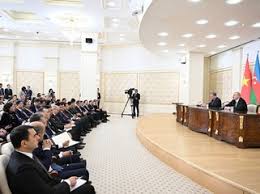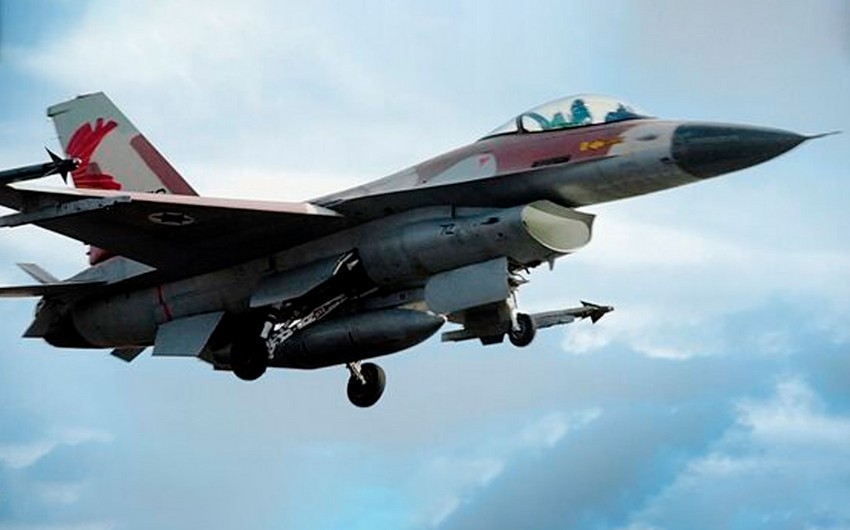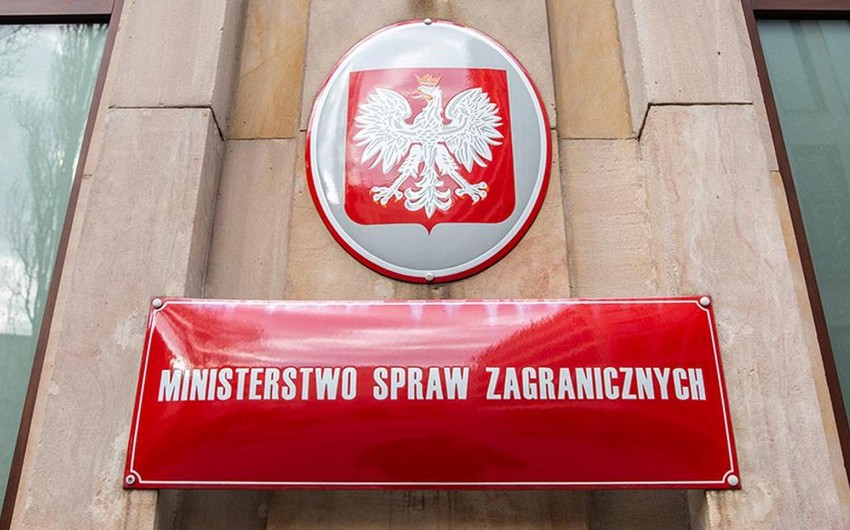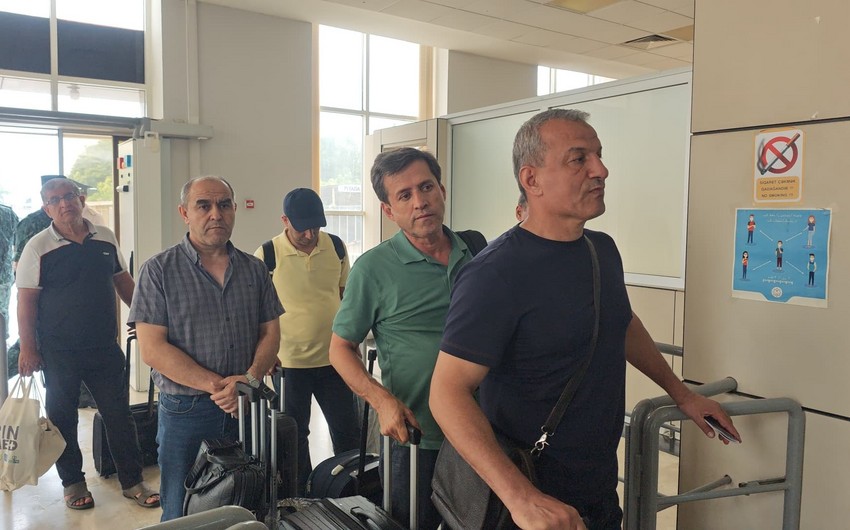Norway's proximity to the USSR during the Cold War led to it building many military bunkers – some of them vast secret bases for planes and ships. Tensions with Russia have brought the bunkers back into focus.
Tourists in their hundreds of thousands visit northern Norway each year. But there is a secret world they never see. For hidden away in mountain caverns are jet fighters and nuclear submarines.
Norway is a land with many bunkers. At the peak of the Cold War, the sparsely populated, mountainous country had around 3,000 underground facilities where its armed forces and allies could hide and make life difficult for any invader. Dating back to when the Scandinavian country was part of Hitler's Atlantic Wall during World War Two and even earlier, their existence was barely known to the Norwegian public.Now as a European war engulfs eastern Ukraine, Norway is reactivating two of their most iconic underground structures of the Cold War.
Close to Norway's border with Russia north of the Arctic Circle, the hangars of the Bardufoss Air Station and the naval base at Olavsvern feel like they belong in a spy film, with their rough rock walls, gleaming concrete and military equipment. Carved out of a mountain side, protected by around 900ft (275m) of tough gabbro rock, the Olasvern base is particularly evocative with its 3,000ft-long (909m) exit tunnel complete with massive blast door.
Why are these huge bunkers needed today? The Soviet Union – the reason they were built in the first place – no longer exists. Does it really make sense to pour money into such expensive structures?
In the publicity shots for the reactivation of Bardufoss hangars, the Lockheed Martin fighter – the F-35 Lightning II – perches menacingly like a bird of prey under the spot lights of the hangar's arched roof. Opened in 1938, the air station was once used by German fighters protecting the giant battleship Tirpitz while it was anchored in a nearby fjord.
After the war, the Royal Norwegian Air Force then used its mountain hangars to protect its fighter planes from a possible Soviet attack. These hangars included everything the planes and their pilots needed, such as fuel storage, weapon storage, space for maintaining the aircraft systems, and crew areas. Then around 40 years ago it was closed down and mothballed.
The role of the reactivated base which has had structural and equipment upgrades is to help the "resilience and survivability" of Norway's F-35s in the face of a Russian attack. The Russian invasion of Ukraine has shown the world how vulnerable expensive military aircraft like these $80m–$110m can be when on the ground, particularly to attacks by "kamikaze" drones that can cost as little as $300.
Instead of placing tyres on wings or constructing hangars out of wire mesh, as the Russians have done in Ukraine, the drone threat can be limited by dispersing targets to many different locations, or, even better, by keeping the aircraft safe in hardened shelters – the hardest of which is a mountain.
All it takes is one look at the map to explain why Olavsvern naval base was built. Located close to where the Norwegian Sea meets the Barents Sea, the 400 miles or so between Norway's coastline, Bear Island and Svalbard is sometimes called "the Bear Gap" because this was, and still is, a choke point for Russian submarines and warships hearding out to the Atlantic.
Construction of the naval base mostly occurred in stages from the 1950s onwards in response to the buildup of the Soviets' Northern Fleet, with the purpose of helping to turn a bear gap into a bear trap. Costing around $450m , the base – with its underground command centre, storage, deep-water dock, dry dock, and exit tunnel –was such a massive undertaking for Norway that Nato had to fund a great deal of it. The Soviet Union had collapsed by the time it was fully completed.
But it was no white elephant. Despite the slow thawing of the Cold War, Nato vessels still used it as a staging post for missions in the frigid Arctic Ocean.In 2009 the Norwegian parliament narrowly voted to close down the top-secret Olavsvern base despite the growing threat from Russia; and in 2013 it was sold to private investors far below market value at around £7m. Its tunnels were filled with caravans and vintage cars. The new owner allowed two Russian research ships and Russian fishing vessels to use the once closely guarded facility. Russian media even spread misinformation that the company that bought the base was part-owned by Russians.
Norway's security concerns didn't start in 2022 – when Russia invaded Ukraine – or in 2014, when it invaded Crimea, but even earlier. "In around 2006-2008, there was a confluence of things. There was a lot of investment going into Russia's Northern Fleet," says Andreas , a senior research fellow at Fridtjof Nansen Institute, a Norwegian foundation, "along with the resumption of Russian military exercises in the Arctic for the first time since the Cold War, and Russia's growing interest in the exploitation of Arctic resources".
Other countries have gone further than simply reactivating bunkers built decades before; they are building new underground structures. China has built a massive new underground submarine base on Hainan Island in the contested South China Sea. It is also building a vast new underground command centre near the capital, Beijing. Iran has built its own underground naval base in the Persian Gulf and showed off its "underground missile city."
But counties such as the UK may be reluctant to follow Norway's lead in reactivating underground bases or building new ones because of the vast expense, says Ozorak. Many of the Cold War underground structures in the UK and other Nato countries have been sold off to become museums, or even nightclubs. Some have been destroyed. At least one has been sealed shut. Many more will have been flooded and be physically unusable, the concrete rotten and no longer blast-proof.
There is also the problem that if they have been deactivated like Olavsvern then their security may have been compromised by foreign intelligence services, even if they haven't had visits from Russian survey ships.
The British Cabinet Office, on national security grounds, started to reclassify and withdraw documents on nuclear war planning that had been released after the Cold War had ended.
Madina Mammadova\\EDnews









